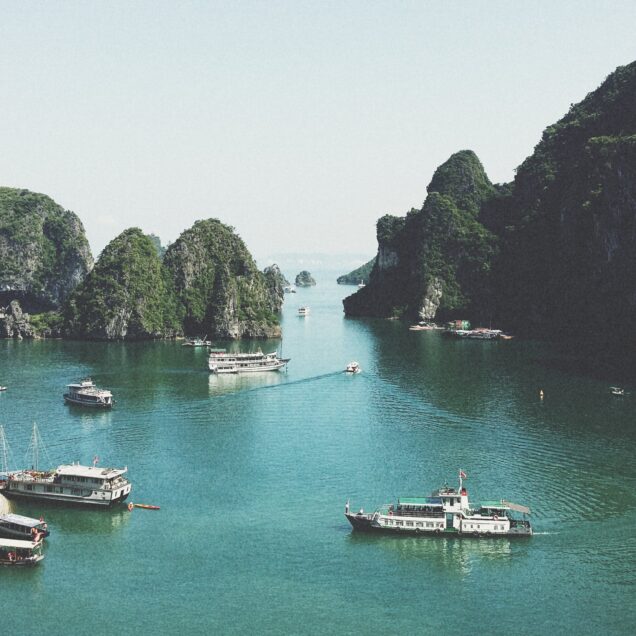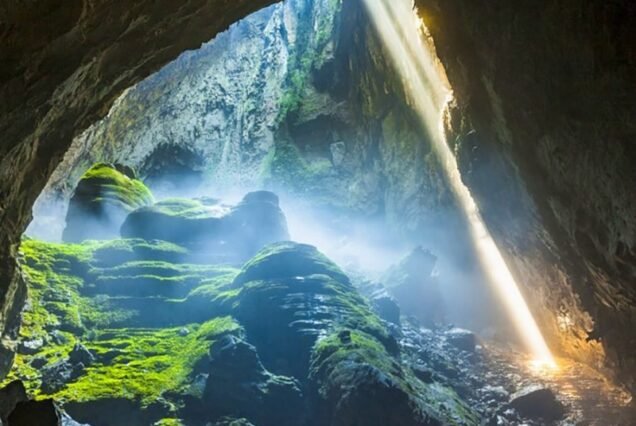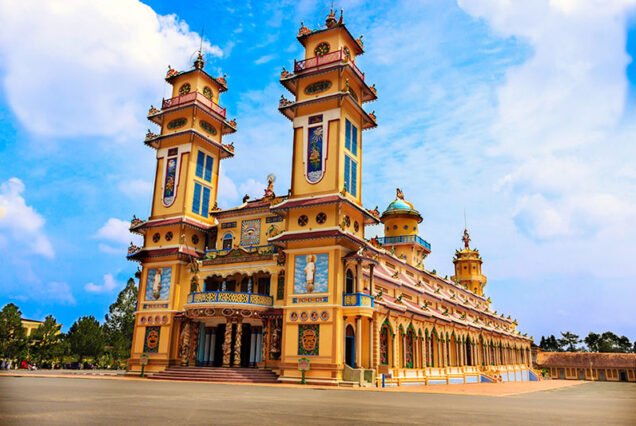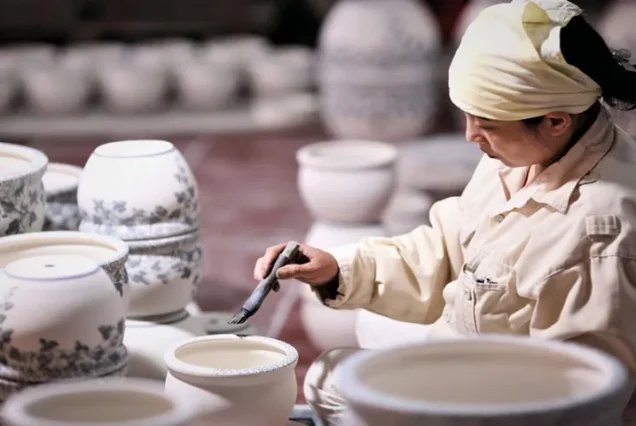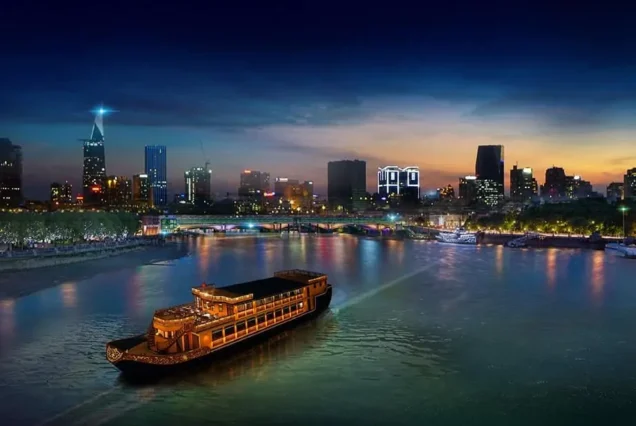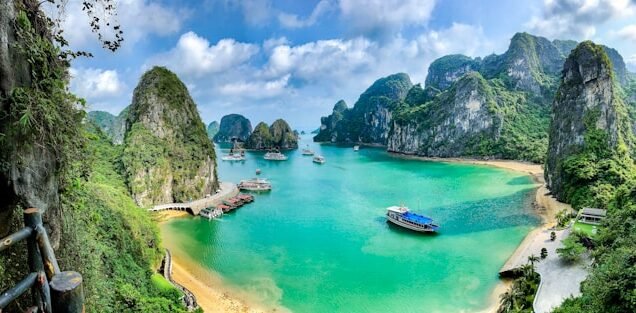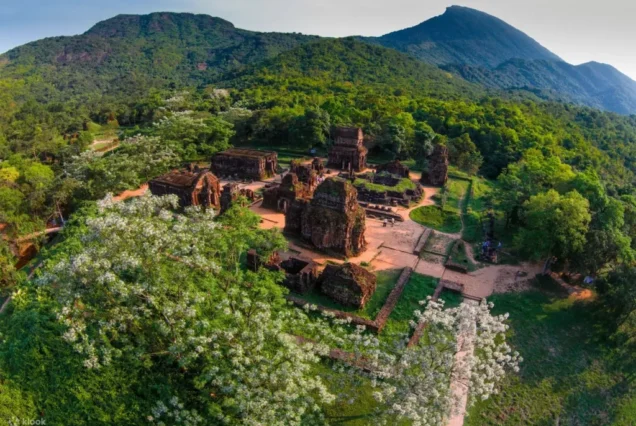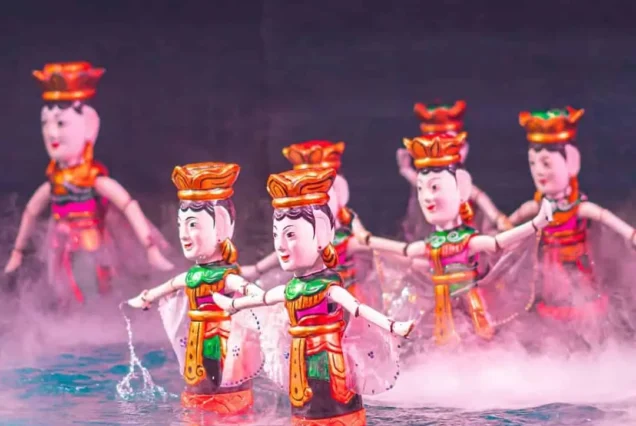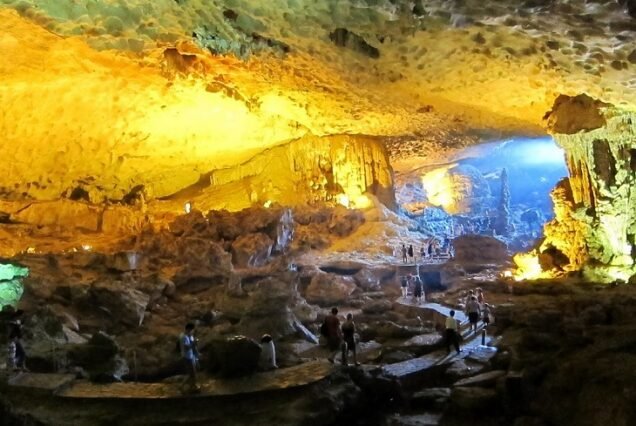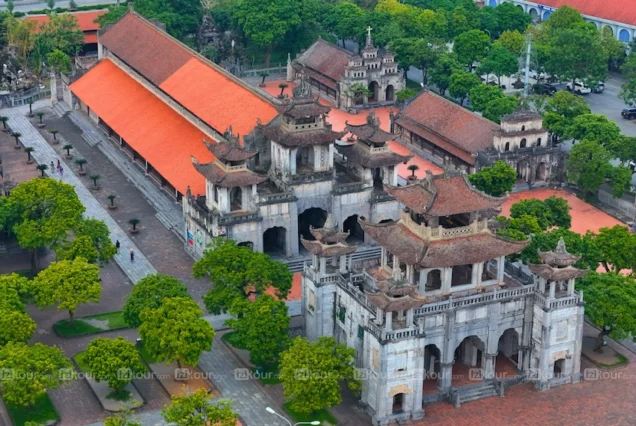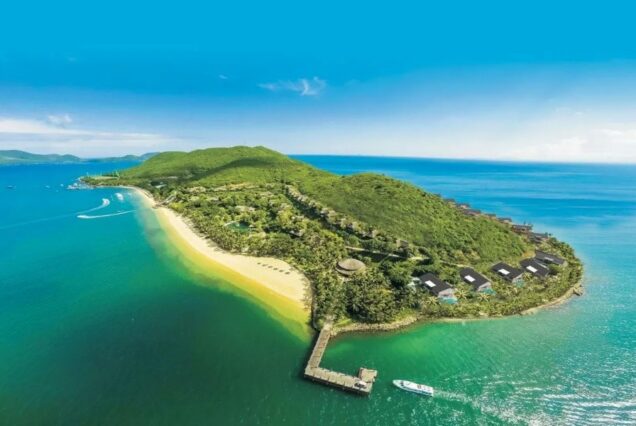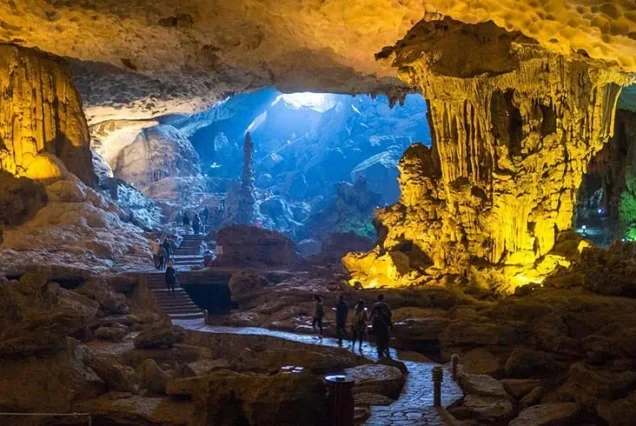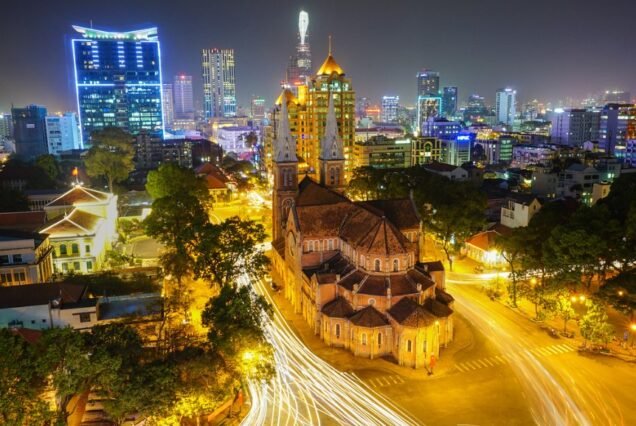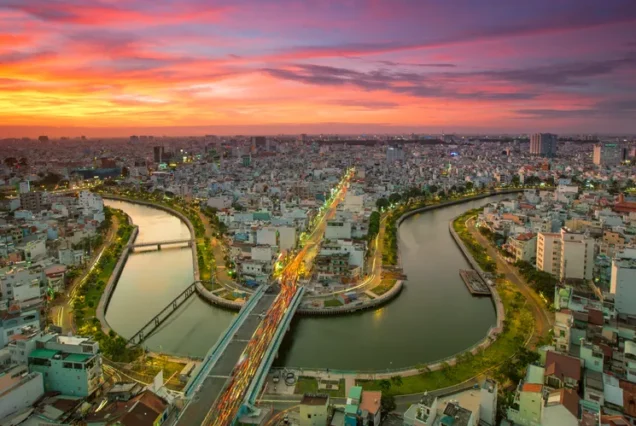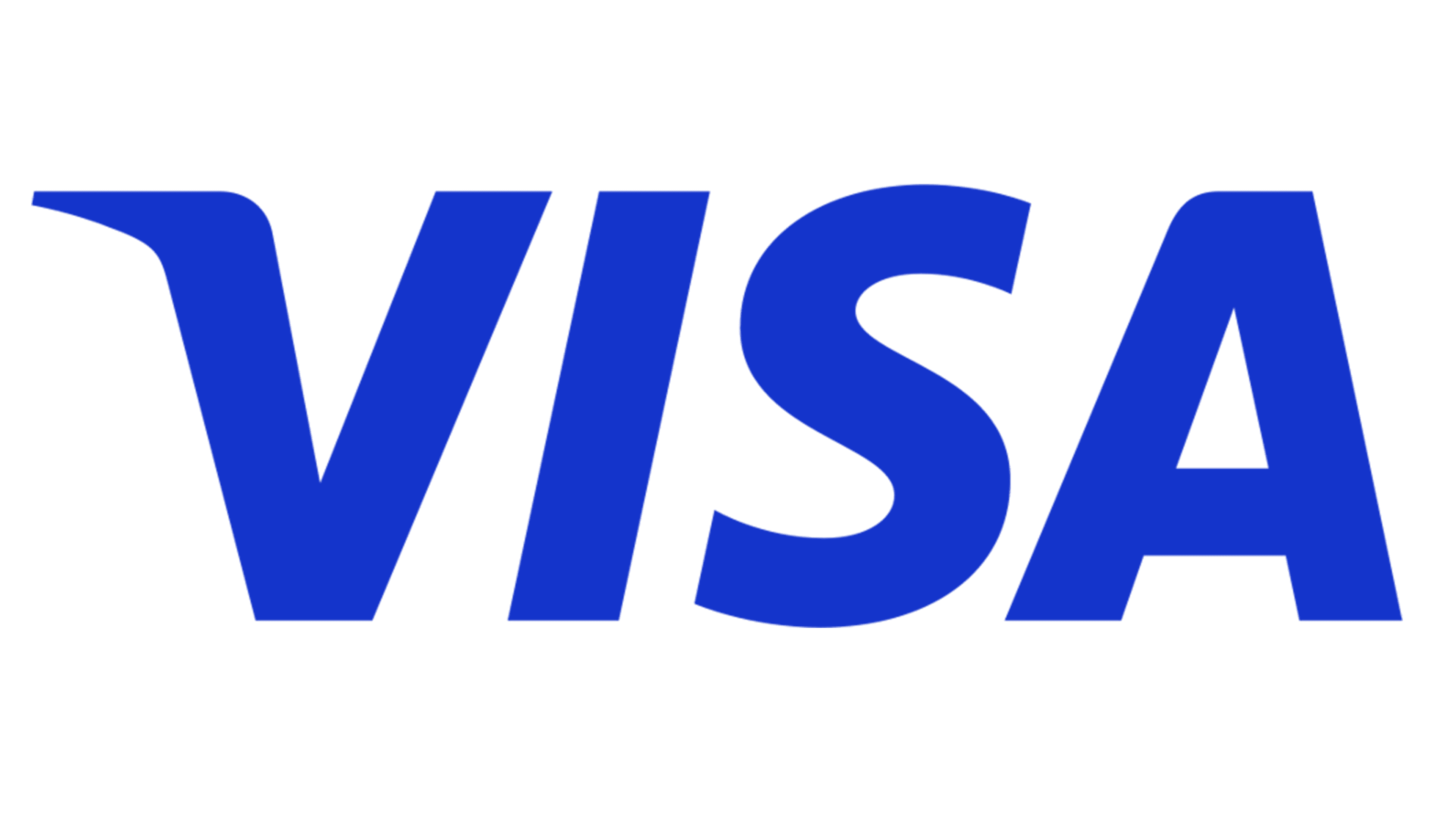

Sights
Map
Info
Visa Requirements: Check the visa requirements before traveling to Vietnam. Many travelers need a visa to enter the country, so it’s essential to obtain the necessary documentation in advance.
Currency: The official currency is the Vietnamese Dong (VND). It’s advisable to have some local currency on hand, especially when traveling to more remote areas.
Language: The official language is Vietnamese. While English is spoken in tourist areas, it’s helpful to learn a few basic Vietnamese phrases to enhance your travel experience.
Weather: Vietnam experiences a tropical climate with variations between the north and south. The best time to visit is during the dry season, which typically runs from November to April.
Transportation: Vietnam has an extensive transportation network. Domestic flights, trains, buses, and taxis are readily available. Motorbike taxis and cyclos (three-wheeled bicycles with a passenger seat) are common for short distances.
Cuisine: Vietnamese cuisine is diverse and flavorful. Don’t miss trying iconic dishes such as pho (noodle soup), banh mi (Vietnamese sandwich), and spring rolls. Street food is a big part of the culinary experience.
Tourist Attractions: Explore the stunning Ha Long Bay, the bustling cities of Hanoi and Ho Chi Minh City, the historic town of Hoi An, and the scenic Mekong Delta. Learn about Vietnam’s history by visiting the Cu Chi Tunnels and the War Remnants Museum.
Health and Safety: Ensure you have the necessary vaccinations before traveling to Vietnam. It’s also important to drink bottled or purified water and be cautious about street food hygiene.
Local Etiquette: Vietnamese people are generally polite and reserved. It’s customary to greet others with a smile and a slight bow. Removing shoes when entering someone’s home is a common practice.
Cultural Experiences: Engage in cultural activities such as watching traditional water puppetry shows, participating in cooking classes, and exploring local markets.


